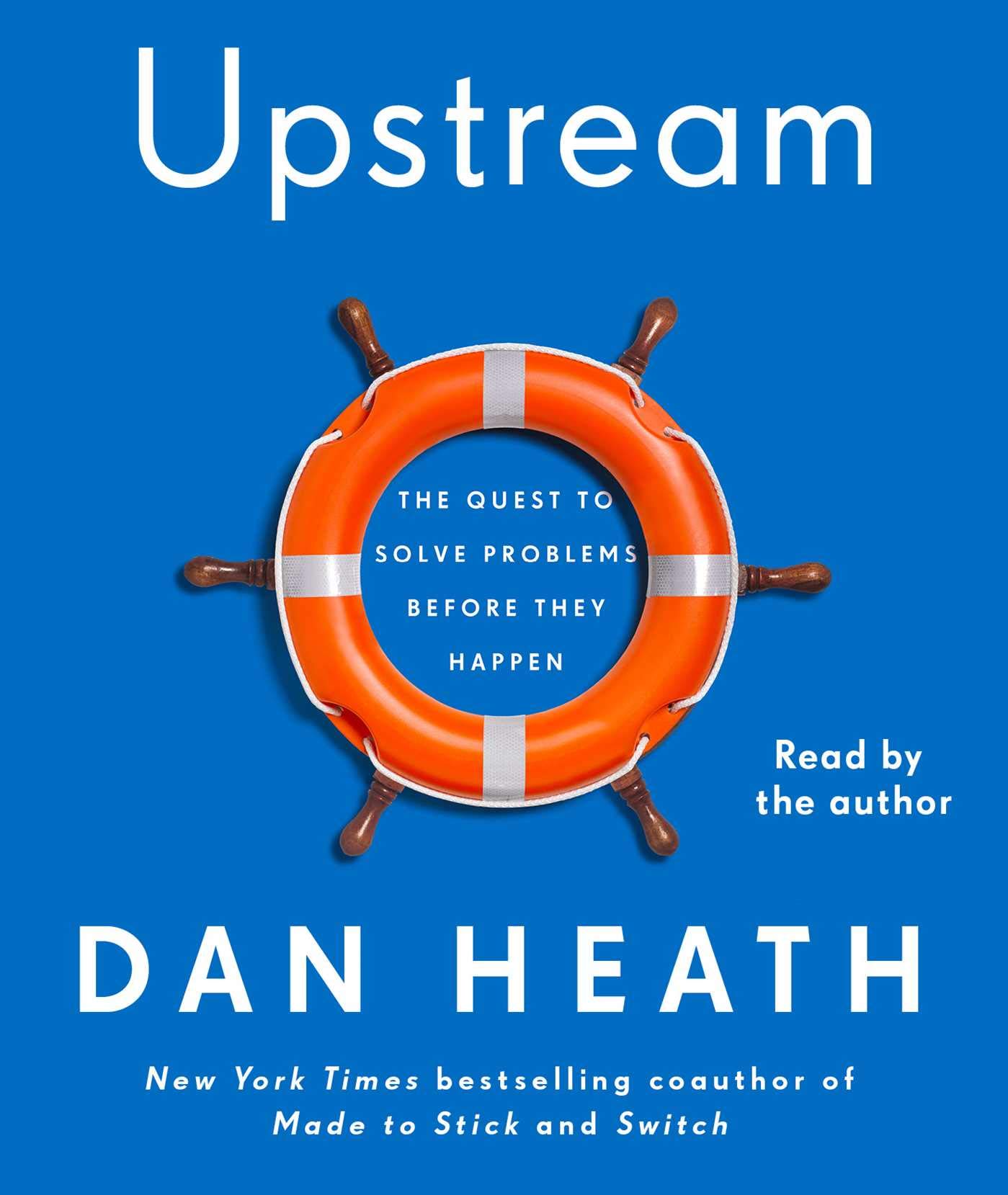When my now 8-year old was 3 years old, he was an absolute terror. Like kicking-and-screaming-on-the-floor-of-the-grocery-store terror. Like flailing-his-arms-to squirm-out-of-mine terror. You know the type. The kind of kid that makes you want to huddle in the corner of the bathroom with a bottle of wine.
After running through a host of parenting methods that promised results and didn’t deliver, I finally found the book, The Explosive Child, by Dr. Ross Greene. I had found my answer. His approach to problem-solving worked. It was literally miraculous for me. I remember one line that I oft repeat to myself in the heat of the moment – “Children do well when they can.” It’s not because they want to drive you crazy that they’re acting this way, it’s that they don’t have the toolbox to react any other way. I immediately became a problem-solver in his life, identifying and tackling each trigger so that my sensitive child no longer had multiple meltdowns a day.
When Dr. Greene’sx recent book, Raising Human Beings, came out a few years ago, I pre-ordered myself a copy and devoured it in one sitting. I leave it on the nightstand next to my bed for frequent reference. I listen to his podcast weekly. I belong to a Facebook group moderated by experts of his approach called “The B Team” – aptly named for his Plan B approach to problem-solving. His 3 “plans” are a topic for another post completely, but recently, I read another book that mirrored the same theme, and interestingly enough, had nothing to do with parenting.
You see, Dr. Greene always advocates “swimming upstream” when it comes to helping your kid solve their problems – not focusing on their current behavior, but rather what is the source of frustration that led to their current behavior.
When I saw Upstream by Dan Heath in my local library, the title caught me. Here was the same concept of looking past the behavior towards the cause of the underlying issue applied to business and even to one’s personal life. I was intrigued.
Heath’s application of the concept mostly applies to businesses. He outlines seven questions that businesses can ask themselves to make sure they are getting to the root of a problem, things such as Where can you find a point of leverage? and How will you change the system?
He urges us to do the same in our personal lives, too. One example he gives that resonated with me was of a woman that used to spend precious minutes looking for a close parking spot when she would go shopping, only to be frustrated when a close spot would be taken just seconds before she pulled up to it. She examined the problem, and realized that she was wearing a step counter — meaning she was actually trying to fit more steps into her day. And here she was fighting it! She immediately decided to no longer look for the closest parking spot, but rather to deliberately park in the spot furthest away, helping herself meet her daily goal, meanwhile saving herself aggravation.
When we accept things that happen in our day as inevitable, Heath calls it “problem blindness.” We let certain things bother us without stopping to think if we can prevent them bothering us at all. I decided to tackle a big one in our house that was causing me and my children unnecessary stress – having to worry all the time what was for dinner and having to argue with a different child about what they didn’t like almost every night. We sat down together and came up with 20 dinners we all liked, I plugged them into a monthly calendar, and VOILA! No more having to come up with dinners for me. No more arguing from my children. Once I got the hang of swimming upstream, I realized it also bothered me that the entire family asked me what was for dinner every day. I’d be answering the question multiple times a day. I put a small whiteboard in the kitchen. I update it once a week with the menu and – POOF! – problem disappeared.
Not only has upstream thinking worked when it comes to me and my kids, but it can also work for changes you want to effect in your community. One powerful example he relates is that of a Sandy Hook parent, Nicole Hockley, who cofounded Sandy Hook Promise, whose goal is to target a potential shooter’s mental health, long before they have the opportunity to carry out a shooting, to look for early warning signs before any harm is done. Their Safe2Say program has given thousands of kids the opportunity to anonymously submit their concerns, allowing for school guidance counselors, or when necessary, law enforcement, to step in before it’s too late.
One particular metaphor that resonated with me that Heath used was a scoreboard metaphor. There is a difference, he says, in collecting data for learning as opposed to data for inspection. When my child gets a math problem wrong, I don’t mark it wrong and move on. I want them to learn from their mistake. This goes for schoolwork, but it also goes for anything in life. If we can consistently see the scoreboard, we’re more likely to make adjustments along the way, rather than being kept in the dark the entire time and just given results at the end – data for learning as opposed to data for inspection.
Using data for learning is just one of the ways Heath advocates trying to solve problems before they happen. I highly recommend Upstream to anyone looking to solve problems, whether it be personally, professionally, or on a more macro level in their community. After all, as Heath quotes an ancient proverb in his book, “The best time to plant a tree was 20 years ago. The second best time is now.”
